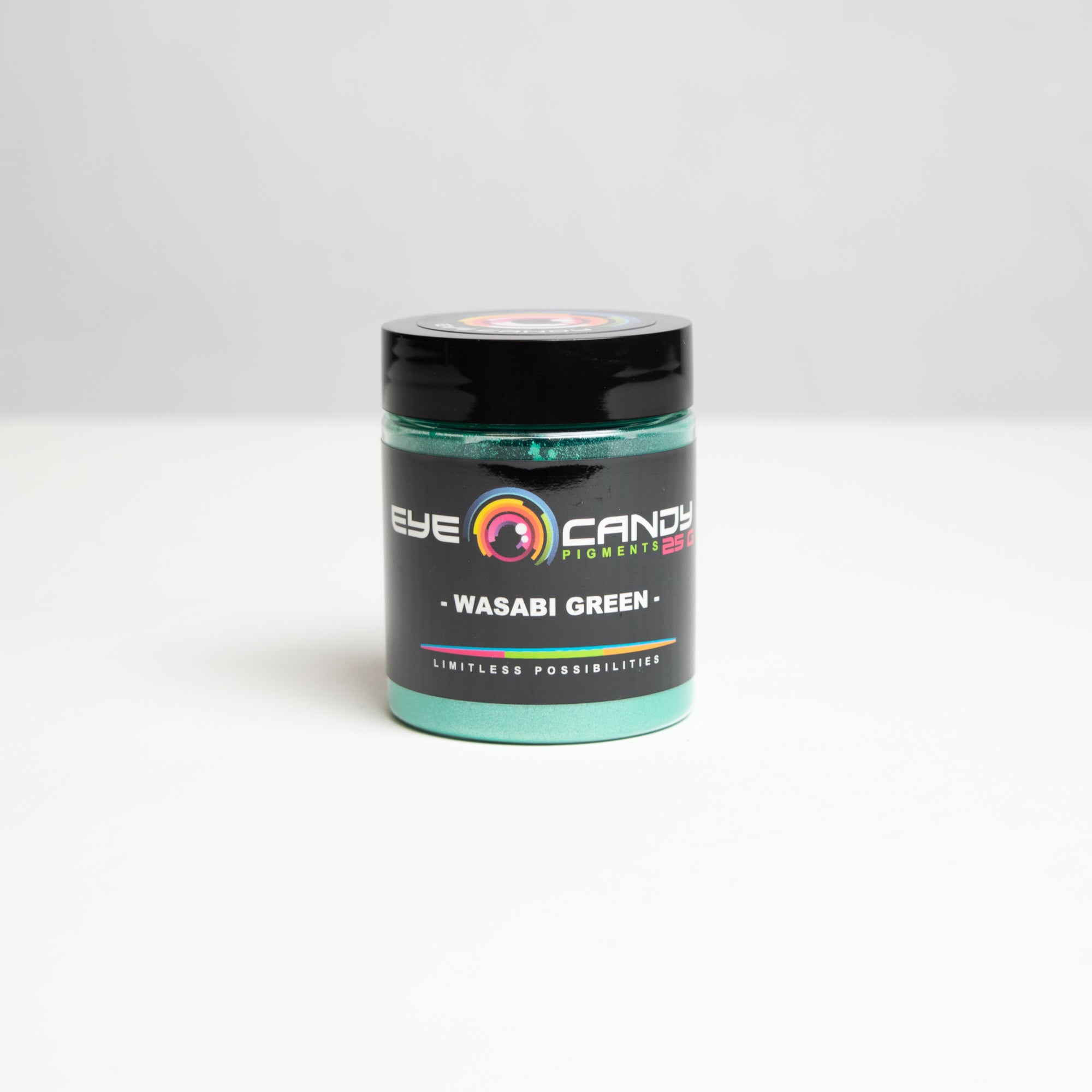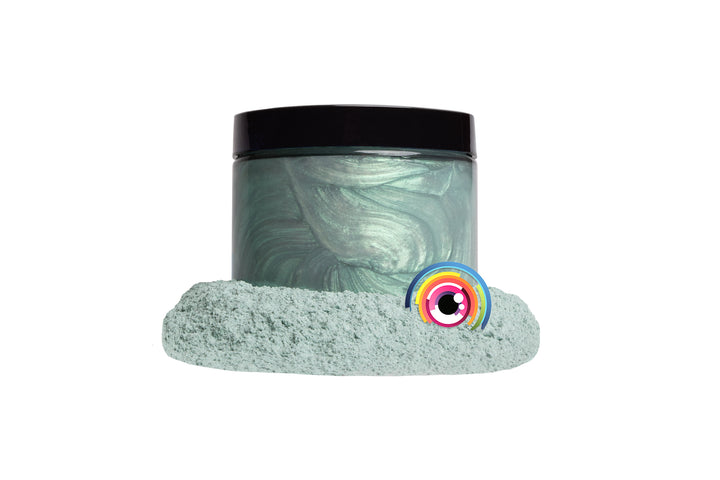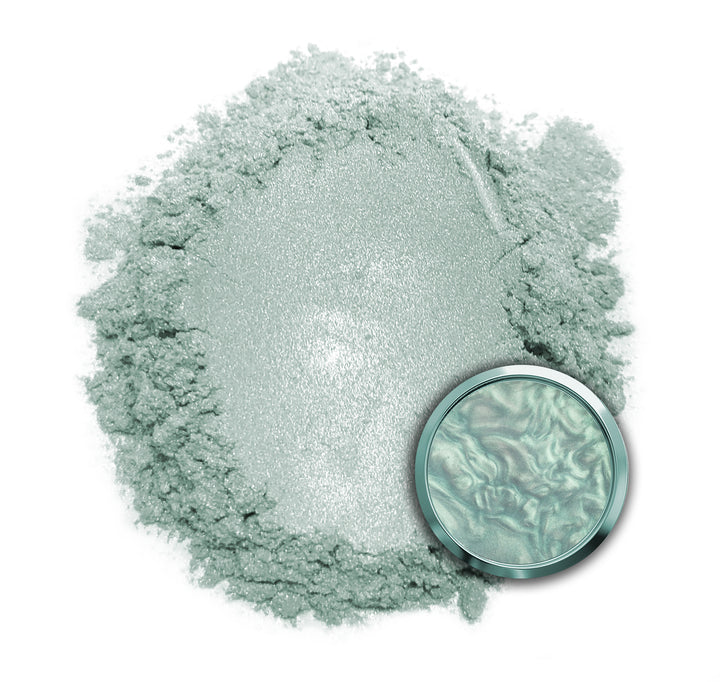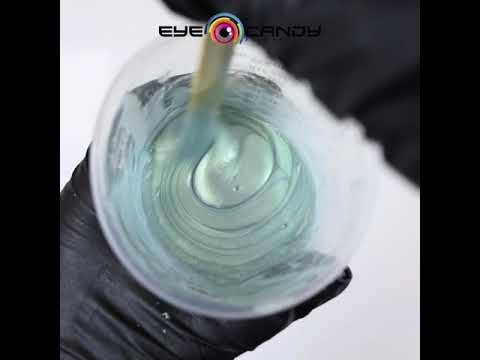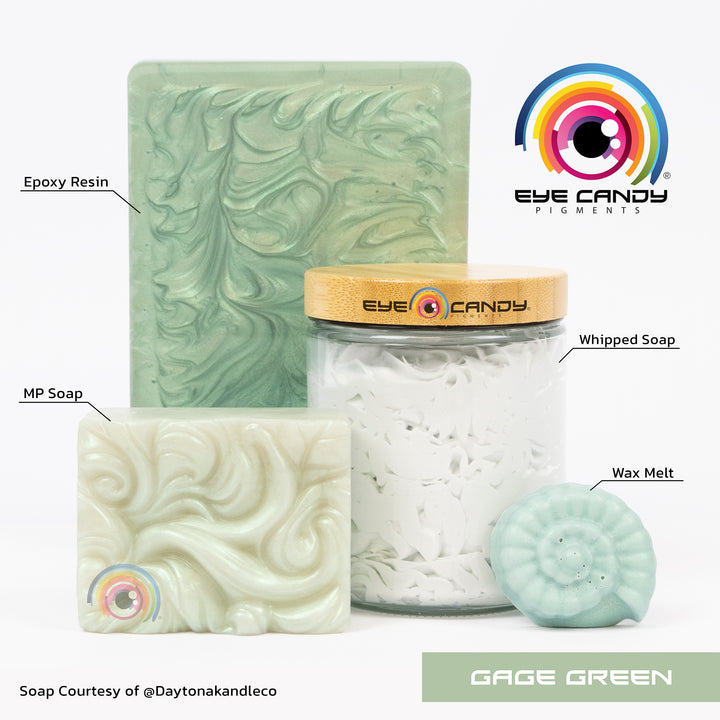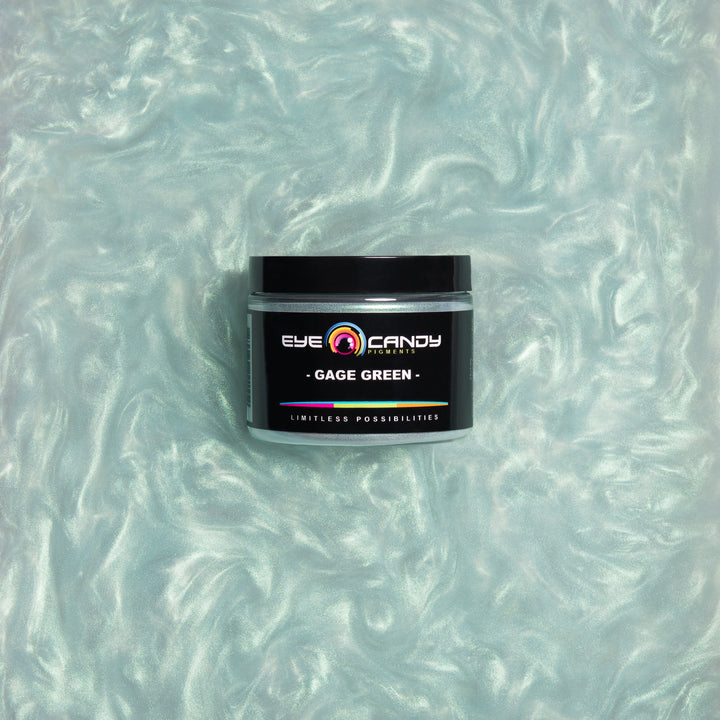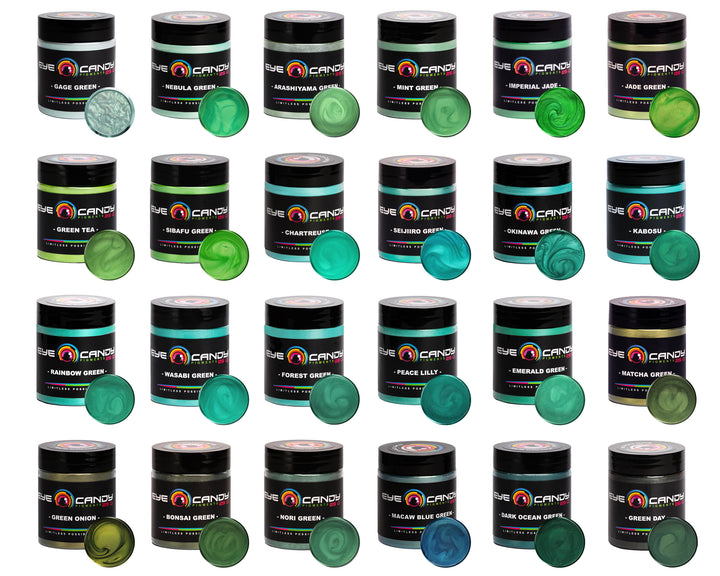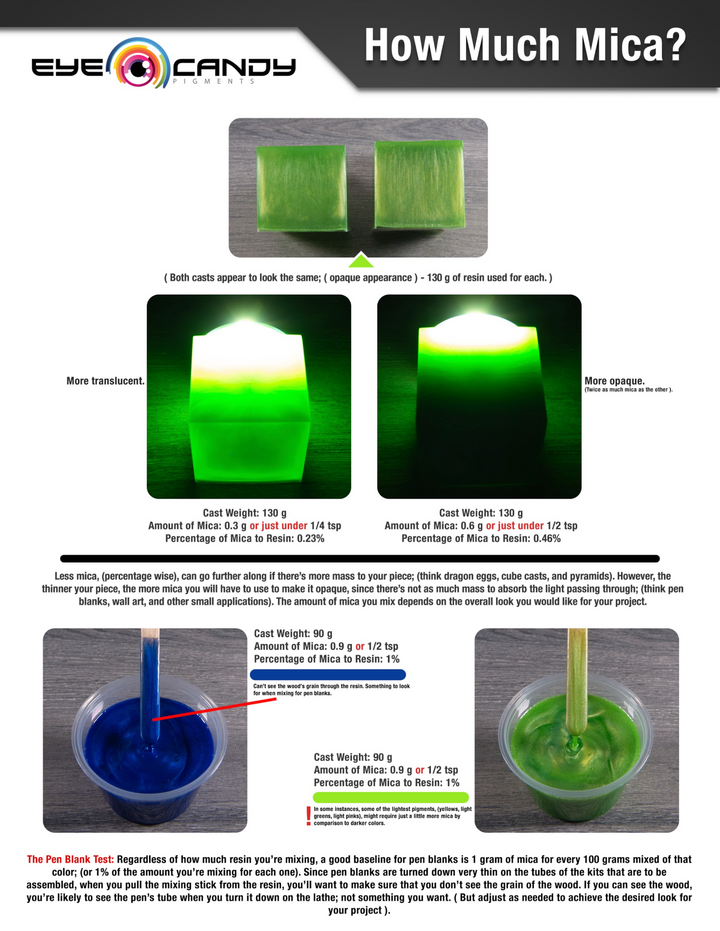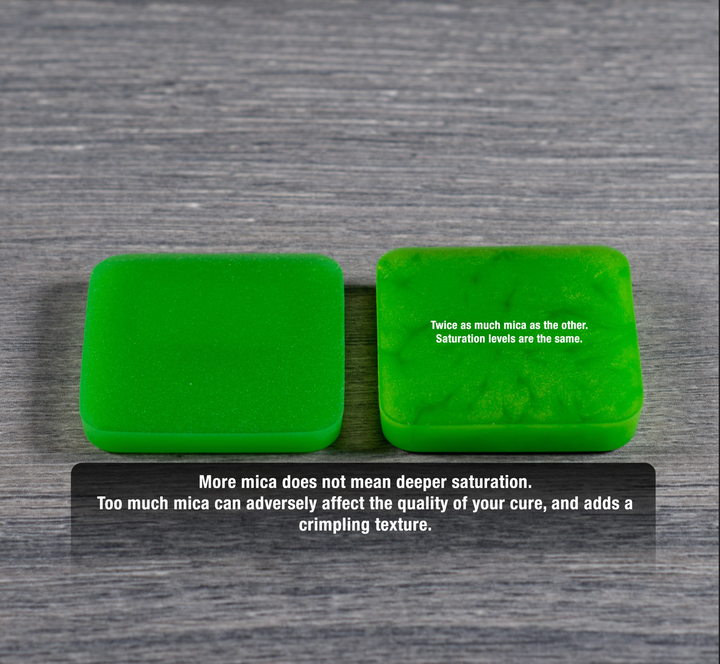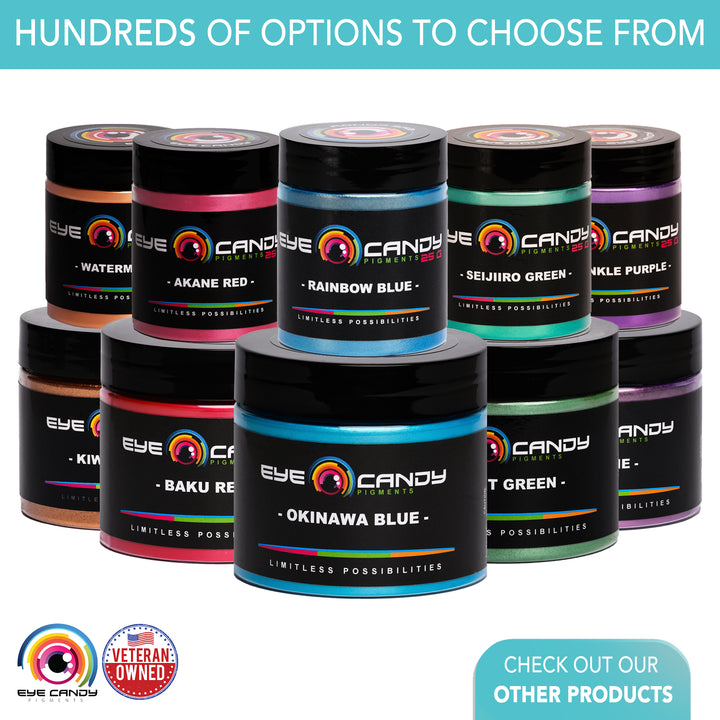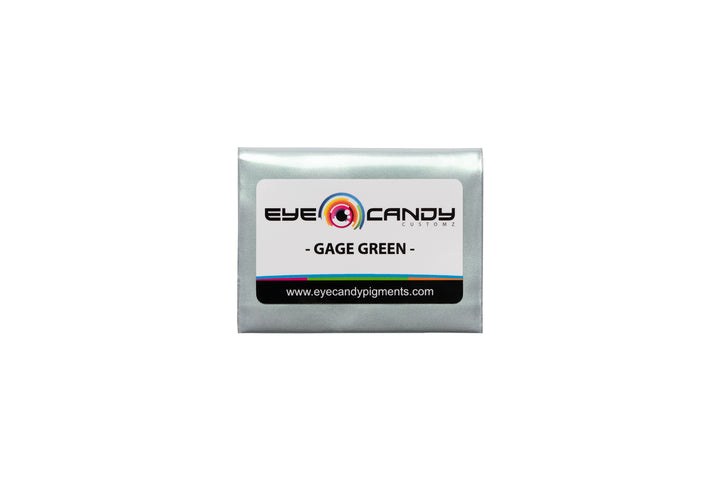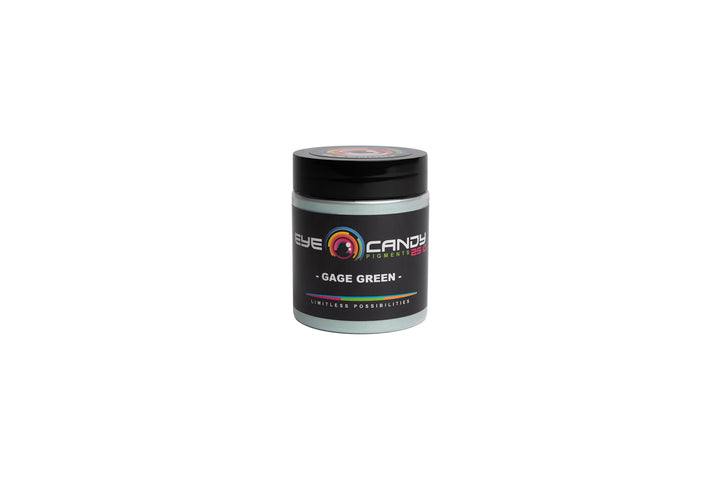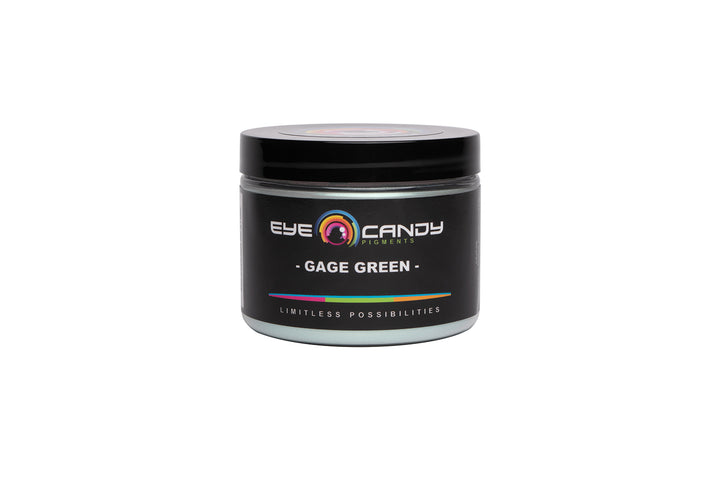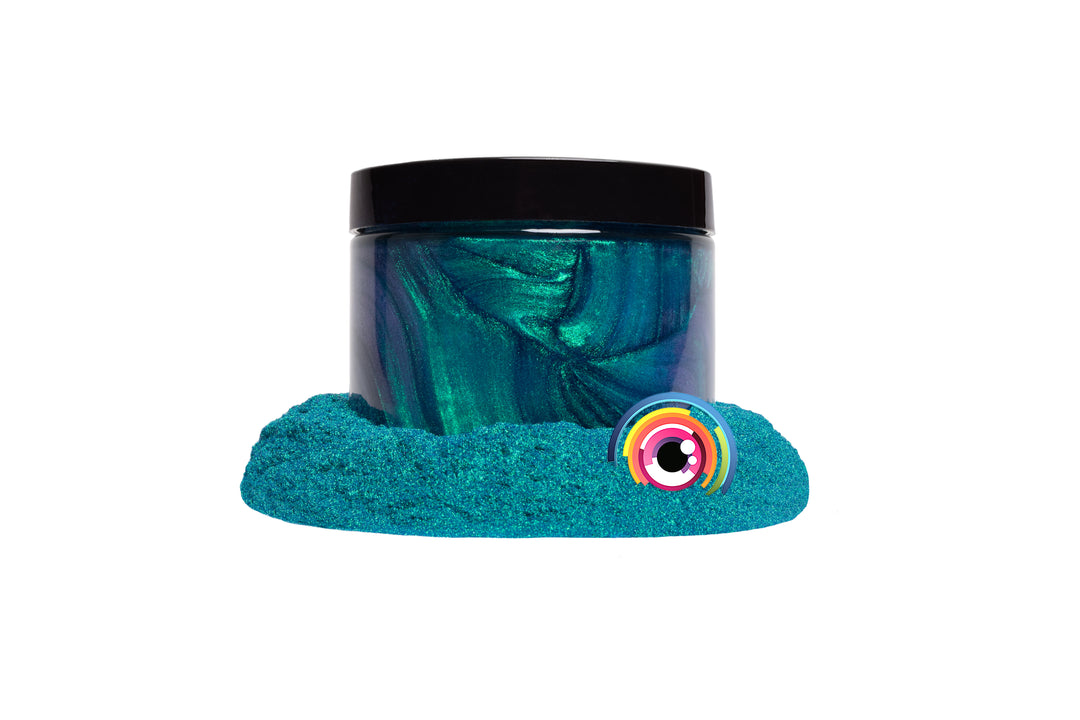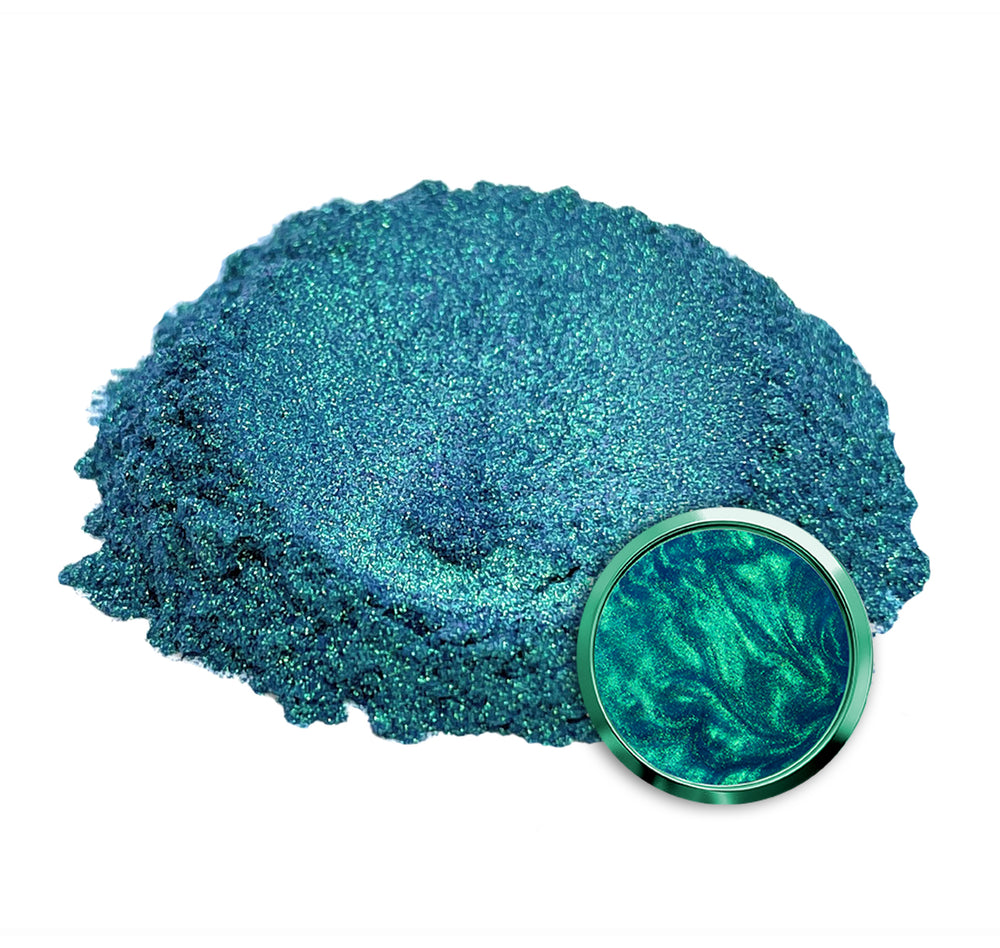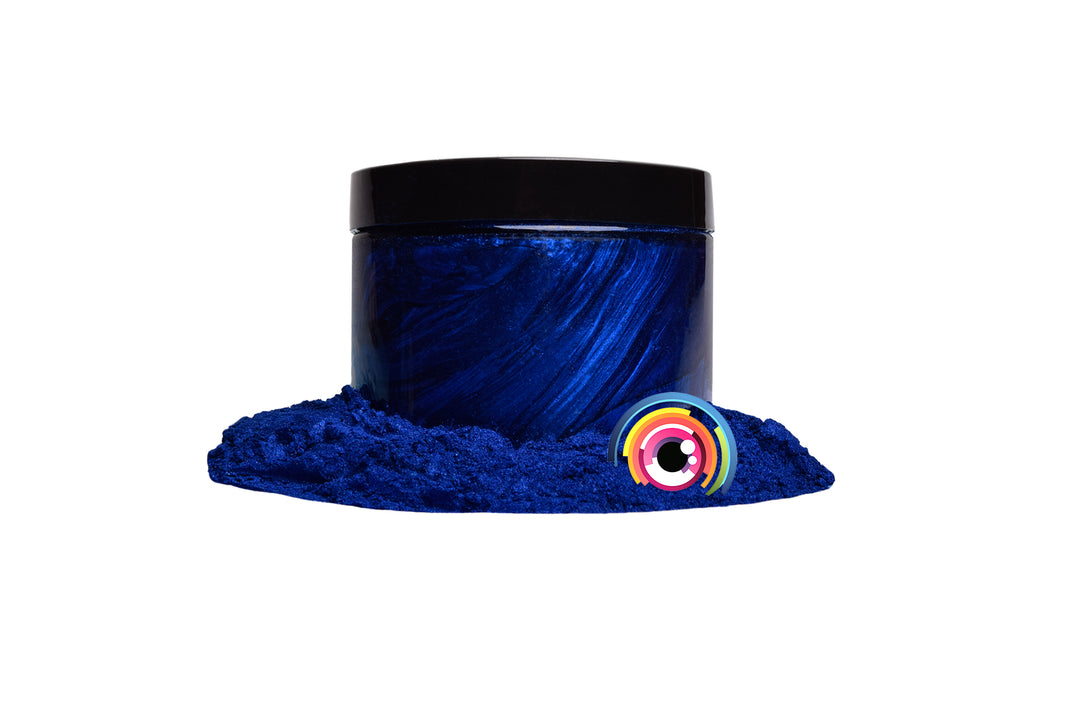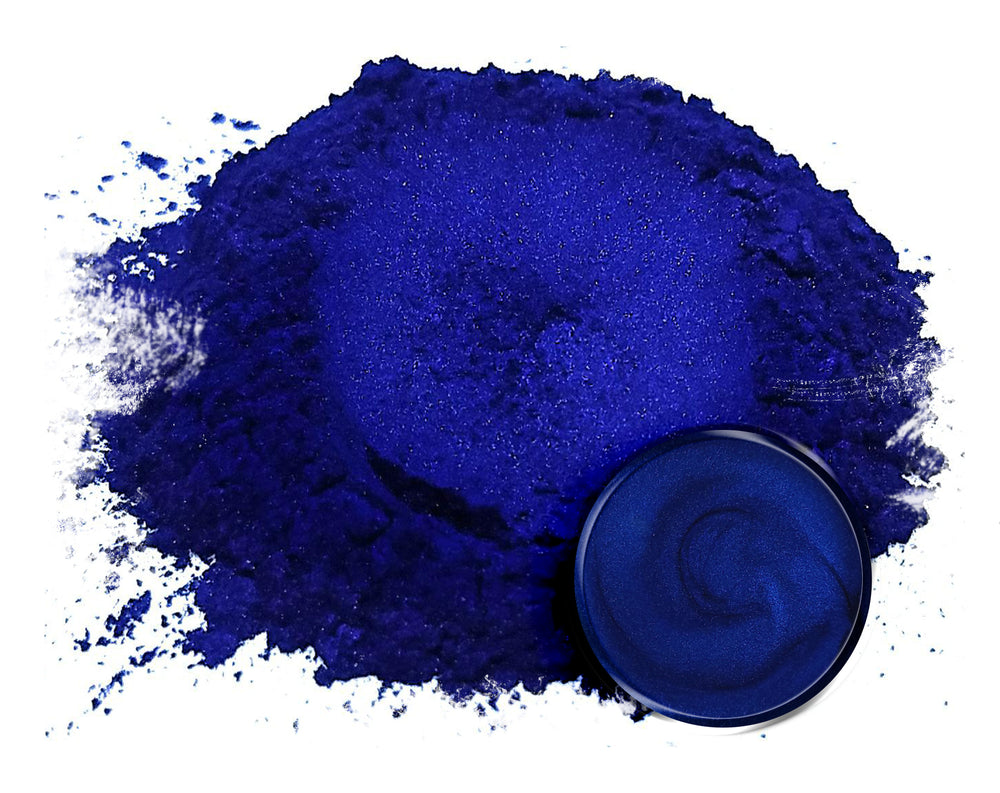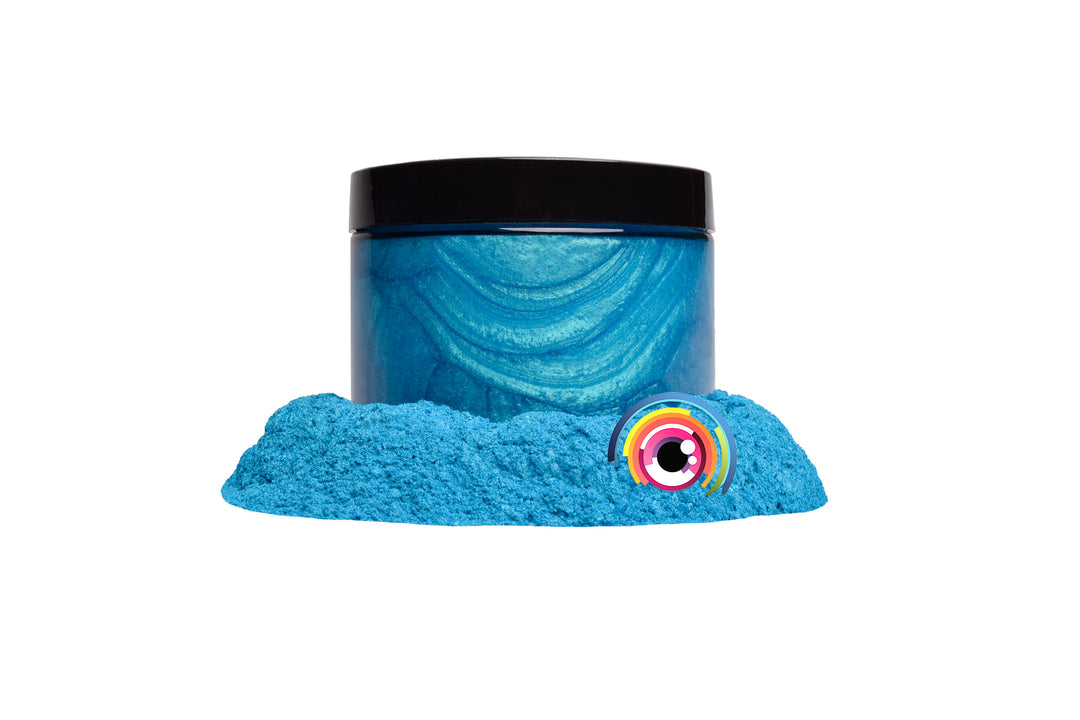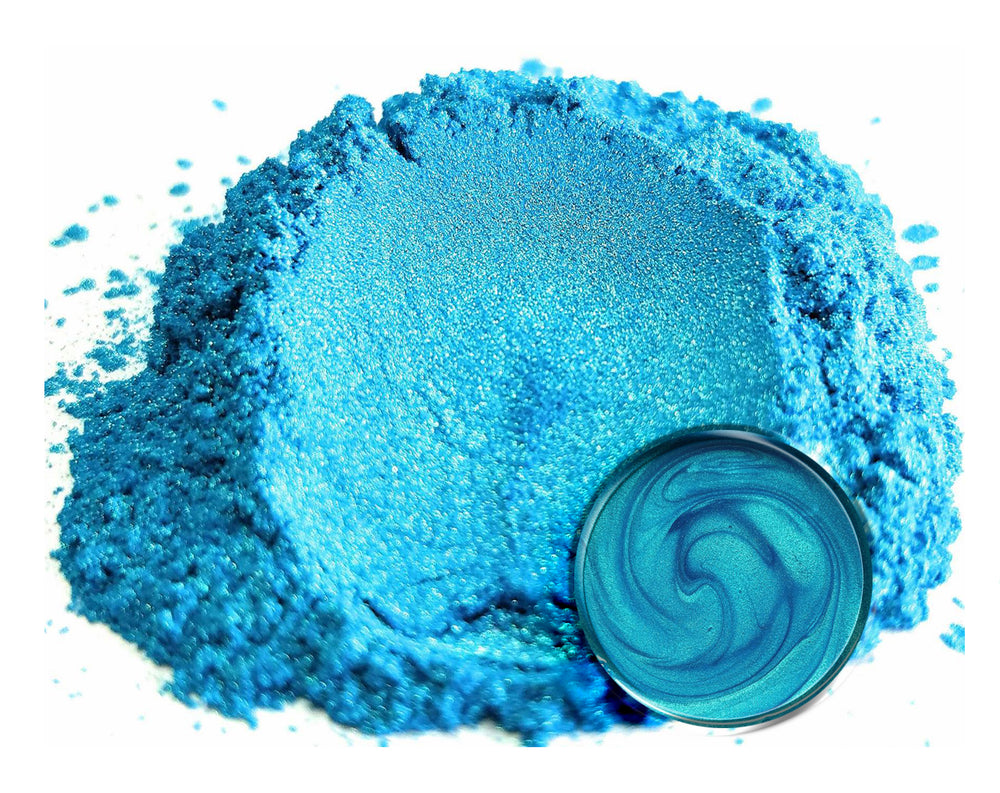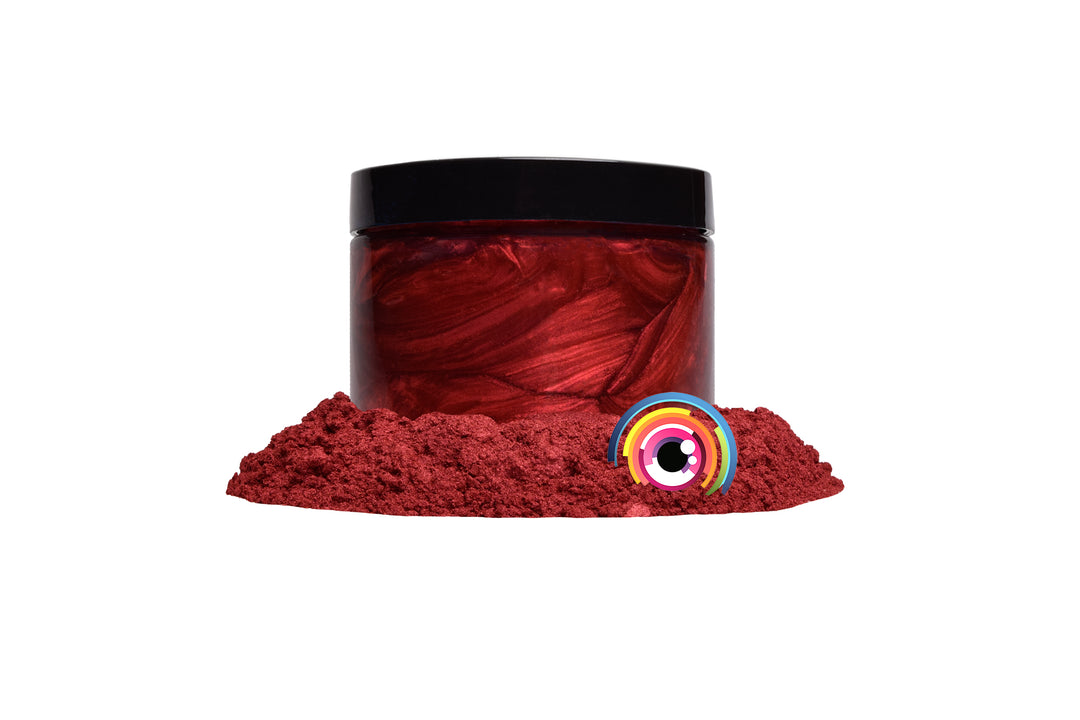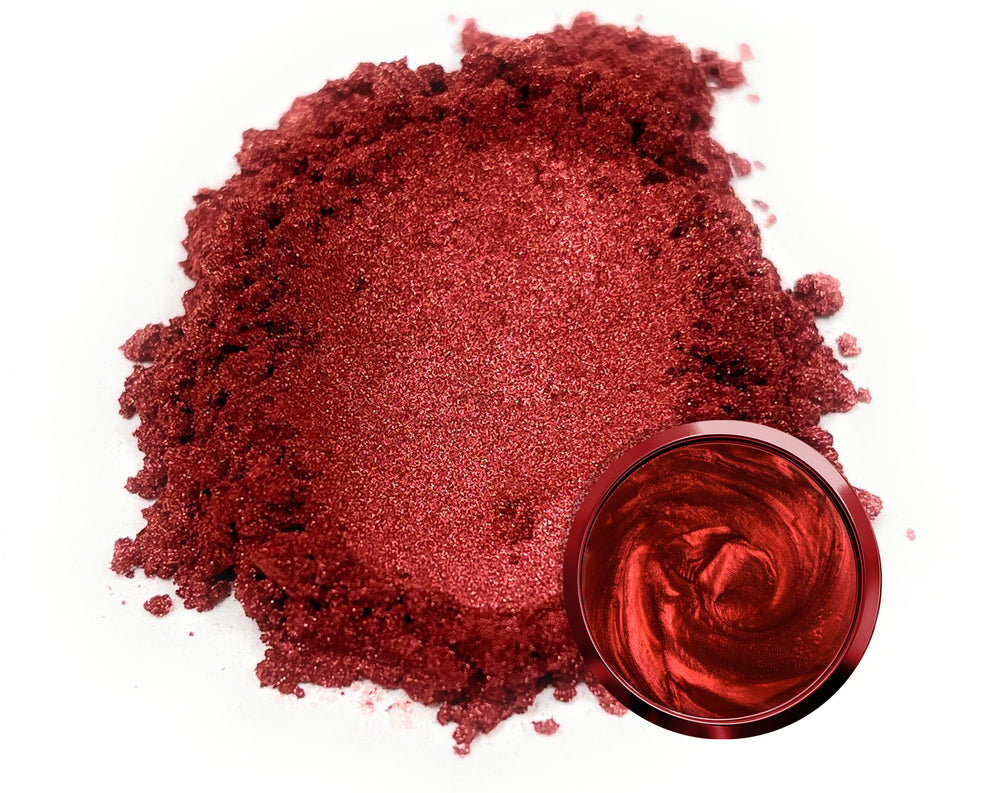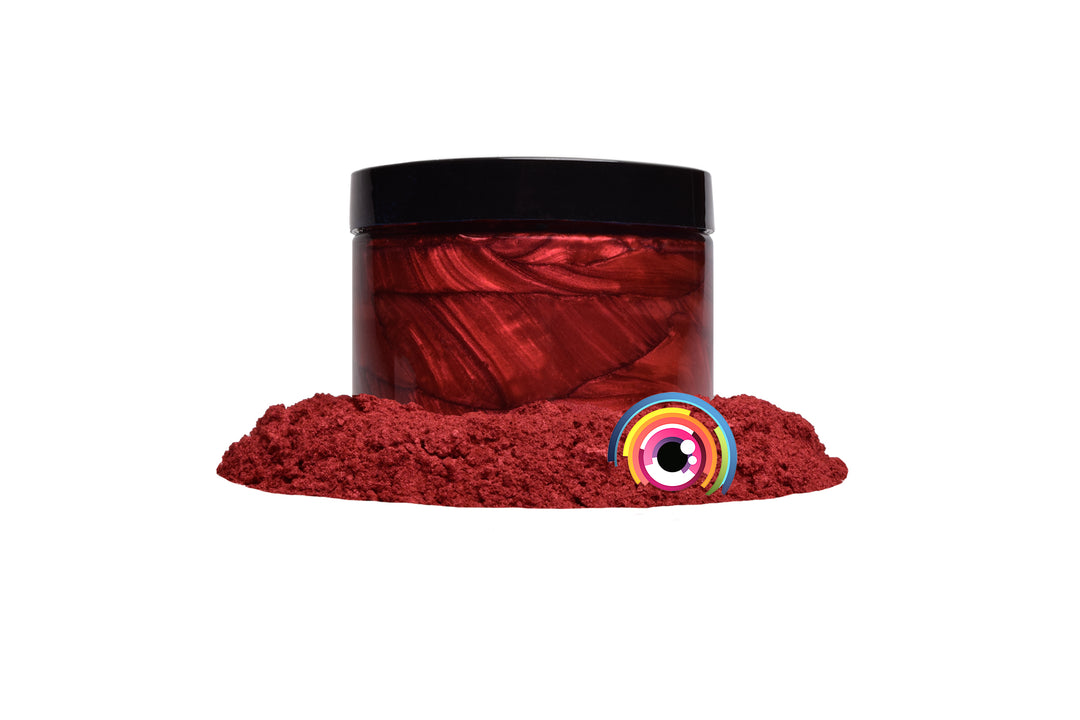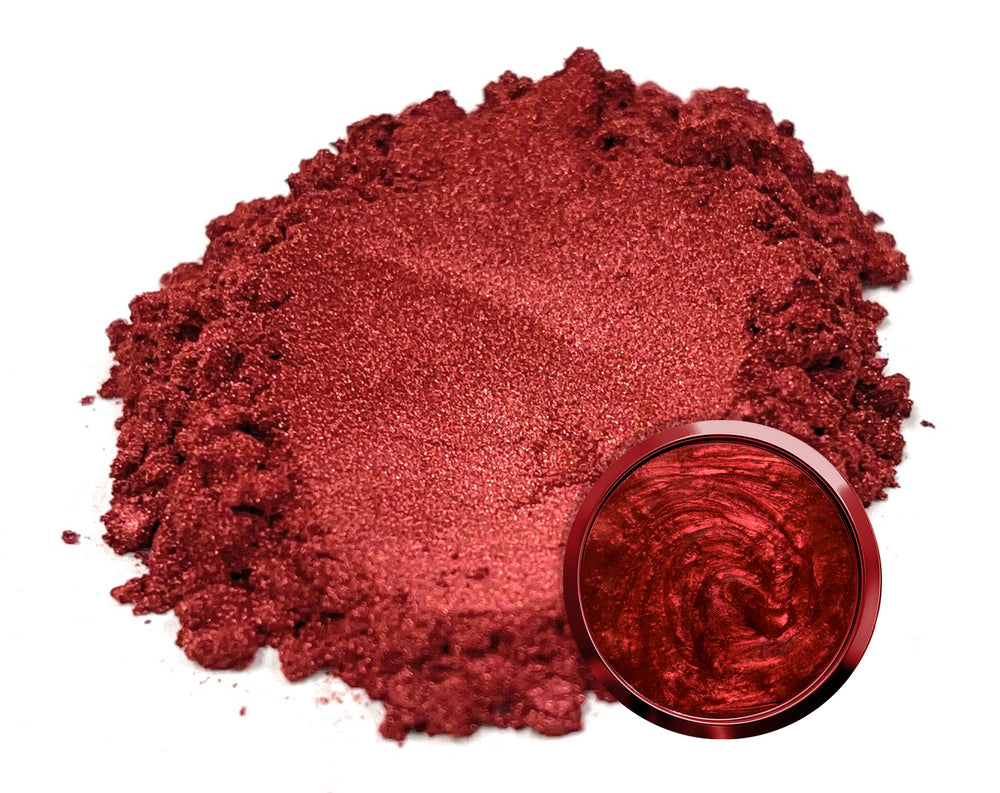To request a SDS, please email us at jeff@eyecandycustomz.com
Free Shipping on pigment orders over $89 (Domestic). NO FREE SHIPPING ON MOLD OR EPOXY ORDERS.
Free Shipping on pigment orders over $89 (Domestic). NO FREE SHIPPING ON MOLD OR EPOXY ORDERS.
We ship pigments worldwide! Overnight is not available on weekends. Place Next Day Shipments before 3pm Est!
We ship pigments worldwide! Overnight is not available on weekends. Place Next Day Shipments before 3pm Est!
-
Pigments & More
-
-
-
-
Build Your Own Sample Set
-
Promise Epoxy Resin
- New Arrivals
-
Catalog / Banner / Poster
- Clearance
-
-
Exclusive Programs
Our Mission
"At Eye Candy™ our vision is to create a better everyday experience for the many people who use our pigments and products. Our business idea supports this vision by offering the best possible service, selection, quality, and value."
Customer Service
This is and always has been our #1 priority. Unfortunately it's just a saying for most companies in our industry. Call us, email us, message us on, and you'll receive a reply. Fastest turnaround shipping in the business.
Quality Products
Have you heard the saying "You get what you pay for"? We are not the cheapest but the quality of our products speaks for itself. Made for automotive, soaps, epoxy resin, waxes, acrylic painting, candles, & much more!
Subscribe today to hear first about our sales



